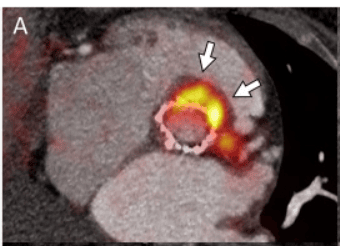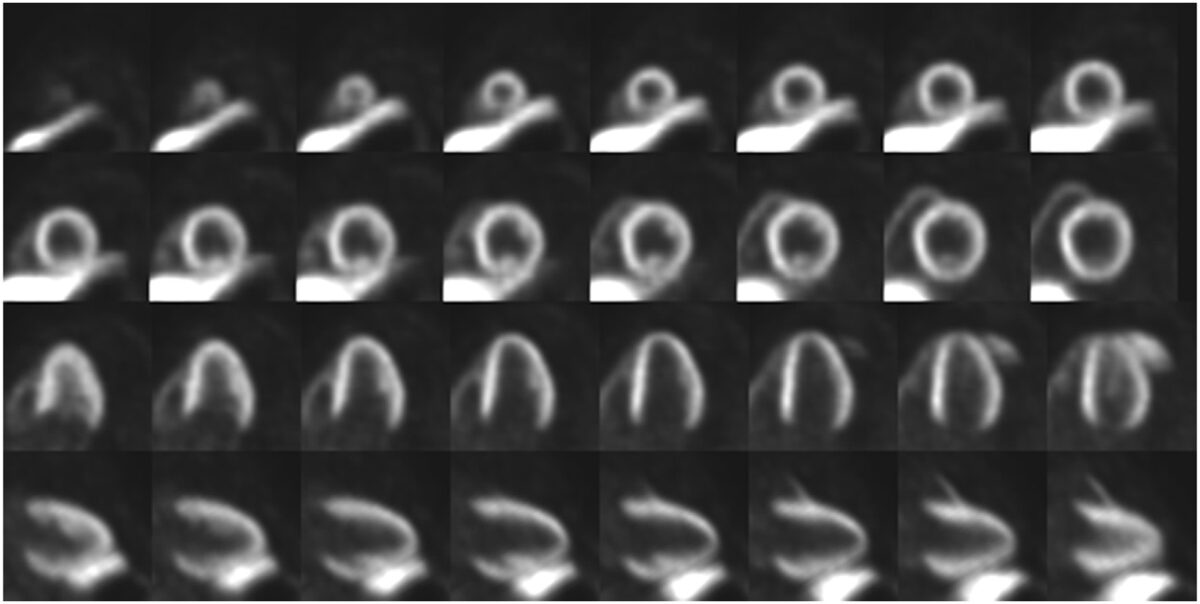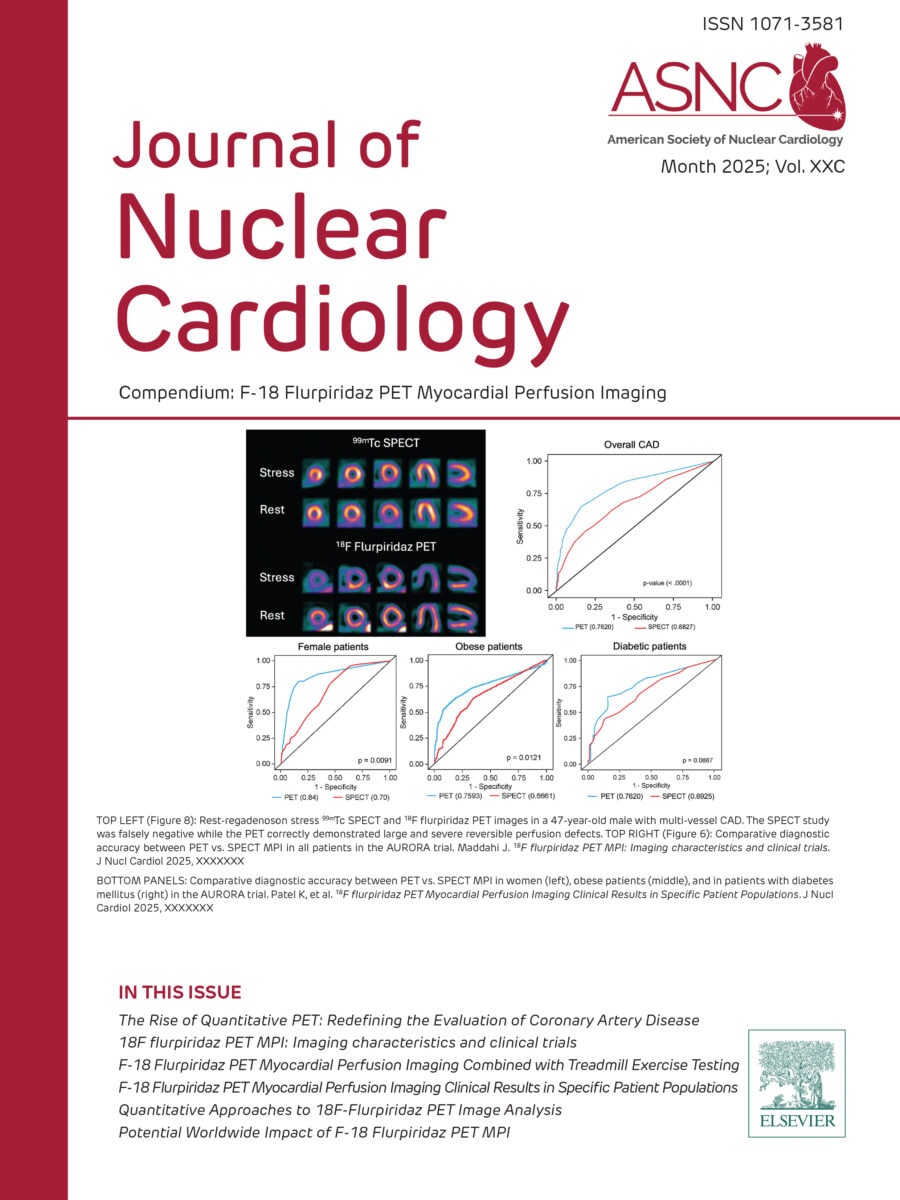The April issue of the Journal of Nuclear Cardiology includes original research, a related editorial, and a review article that consider how nuclear cardiology imaging techniques could be leveraged to improve the assessment, early diagnosis, and treatment of peripheral artery disease (PAD).

ASNC/IANC awardee Sanjay Divakaran, MD, MPH, FASNC, is the first author of “Post-Walking Exercise Skeletal Muscle Perfusion and Energetics in Patients with Symptomatic Lower Extremity Peripheral Artery Disease.”
The Editor’s Choice article suggests that post-exercise PET imaging with skeletal muscle blood flow measurement could provide physiologically relevant information for assessing PAD severity and guiding treatment. This study was funded in part by an ASNC/Institute for the Advancement of Nuclear Cardiology (IANC) Research Fellowship grant awarded in 2020 to the study’s lead author, Sanjay Divakaran, MD, MPH, FASNC. As noted in the accompanying editorial, this study “adds to the growing body of literature on skeletal muscle microvascular perfusion in people with PAD.”
Could CAD Provide a Roadmap for PAD?
The challenges currently associated with evaluating PAD “were similarly present for coronary artery disease (CAD) decades ago,” write Santiago Callegari, MD, and colleagues in their state-of-the-art review article. They assess the results that perfusion imaging of PAD has shown in early studies and postulate that nuclear cardiology’s experiences evaluating CAD could be applied to improve the care of patients with PAD.
Article Type
JNC News
Category
Journal of Nuclear Cardiology (JNC), Research
Related Posts
Step-by-Step Guide to PET/CT Interpretation in PVE
Now that 18F-FDG-PET/CT has a class 1 indication for evaluating suspected prosthetic…
F-18 PET Tracer Shows Potential for Assessing Fatty Acid Metabolism
The nuclear cardiology pipeline includes several new radiopharmaceuticals, including the novel F-18-labeled…
First JNC Compendium Focuses on Potentially Transformative Impact of F-18 Flurpiridaz
The Journal of Nuclear Cardiology just published the inaugural JNC Compendium, a…




